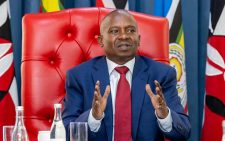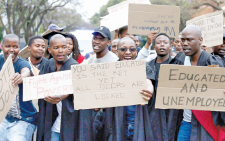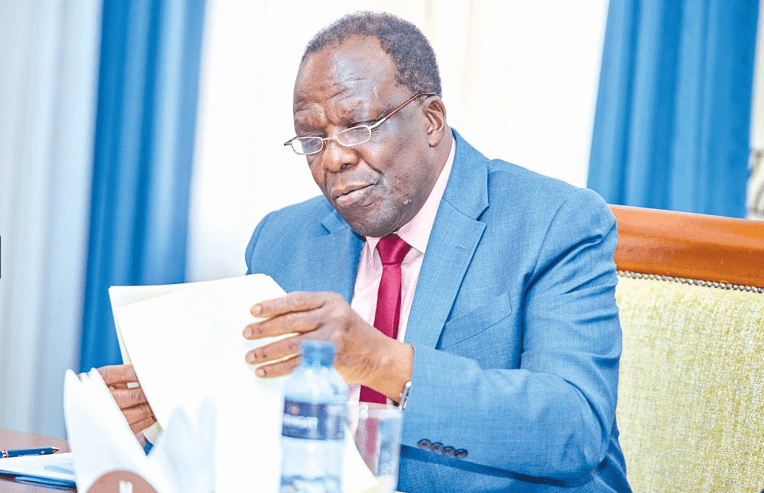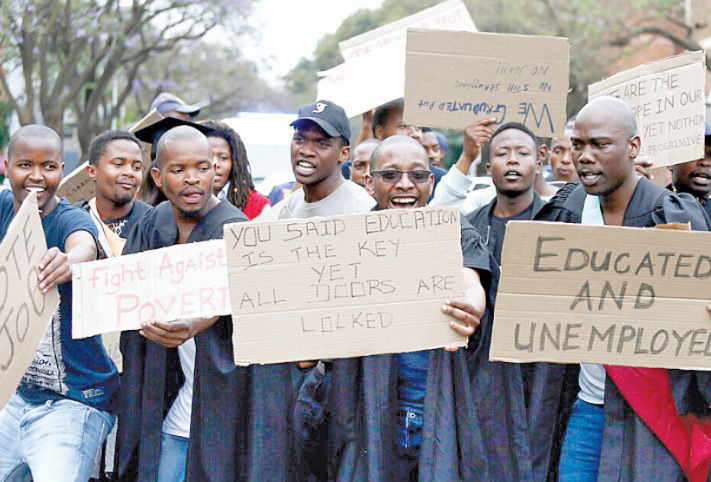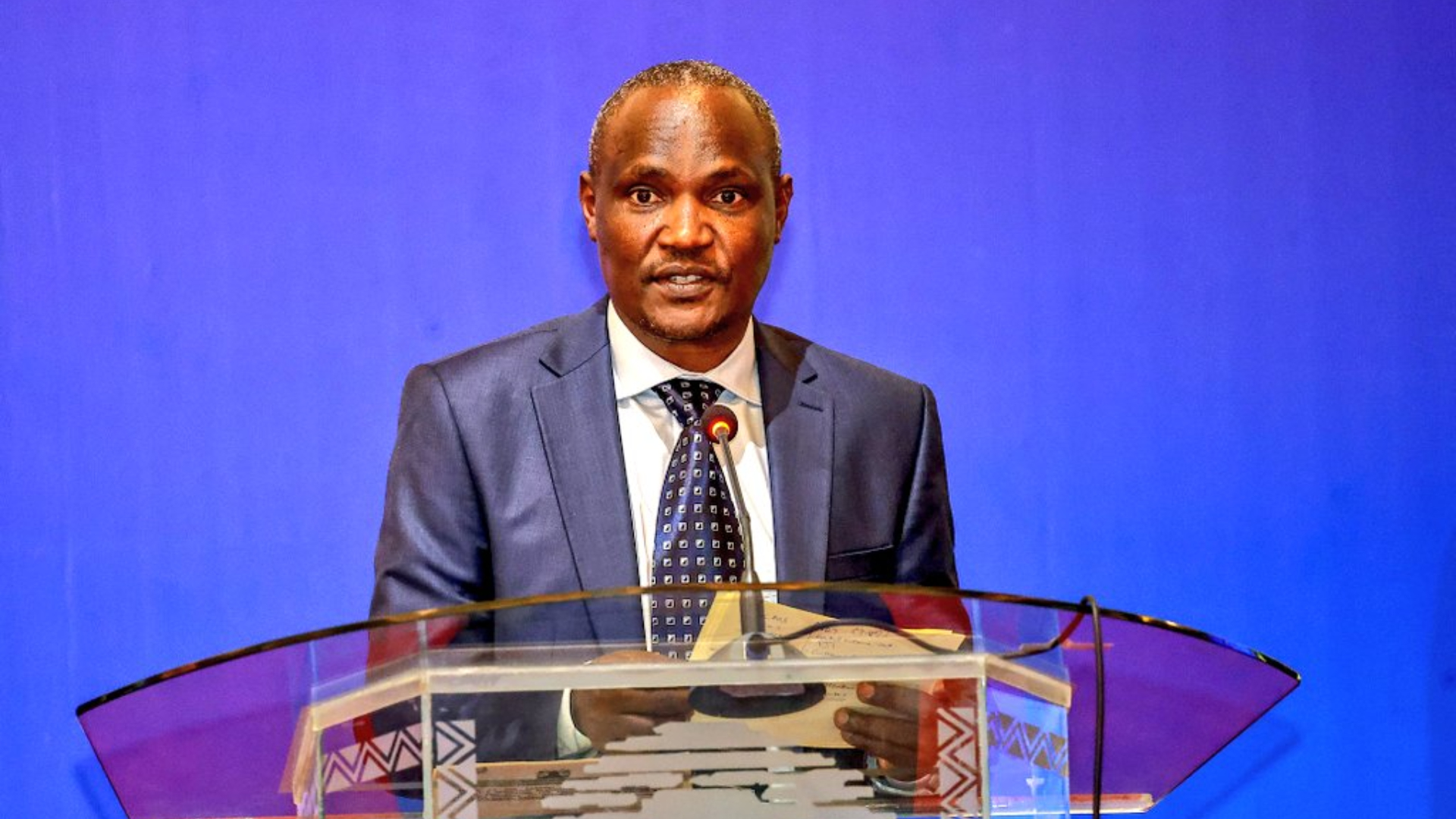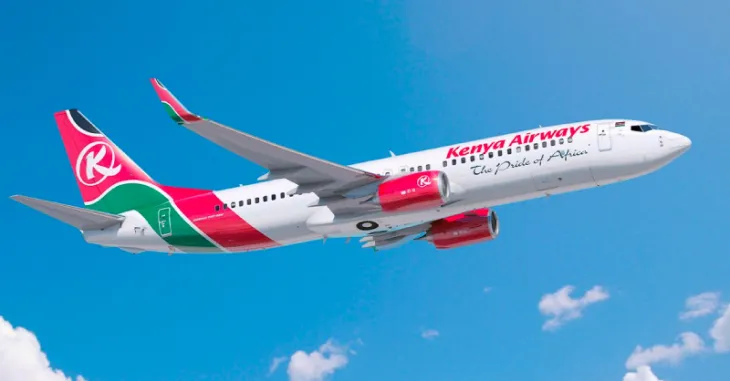Only 40,000 varsity students to get Helb loans on cash shortfall
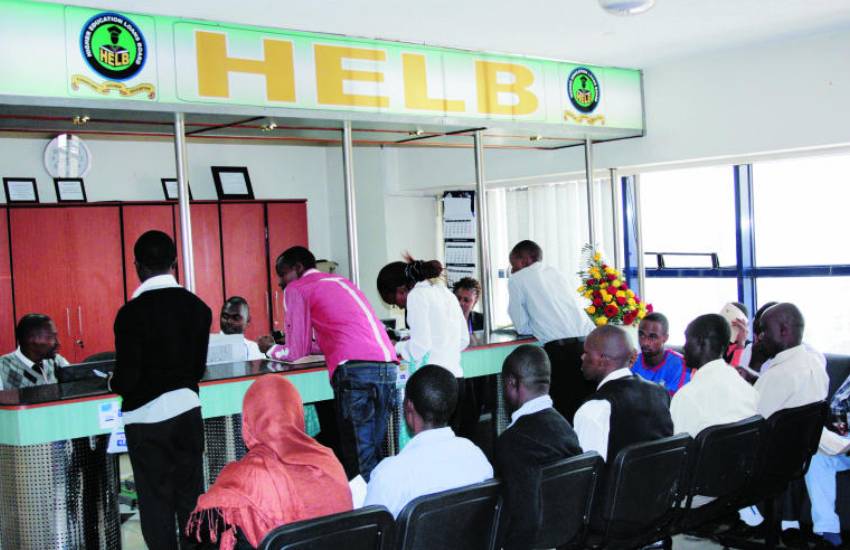
Higher Education Loans Board (Helb) will support only about 40,000 first-year university students in the current 2022/23 academic year as it hopes to get additional money in the upcoming supplementary budget to fund more students.
This highlights the budget shortfalls that have hit various agencies concerned with students’ higher education funding and welfare which comprises Helb and University Funding Board (UFB).
The 40,000 represent roughly 38 per cent of the total 105 000 students who applied for loans last year. Helb loans are meant for fees payment and upkeep.
Instead, more Technical and Vocational Education Training (TVET) students of about 45,000 will be loaned, bringing the total beneficiaries to 85,000.
Kenya Universities and Colleges Central Placement Service (KUCCPS) placed more about 145,000 students in the last September 2022 intake, meaning almost half either never applied or missed the Helb loan.
Loan applicants
“The number depends on the budget. Like this academic year, we are going to give only 40k university students out of the 105k loan applicants. We have 140k in TVET and Universities that we are not going to fund because of lack of money unless this supplementary (budget) being talked about comes through,” Helb Chief executive officer Charles Ringera told the Business Hub.
Low loaning to freshers is also linked to the overshoot in the number of continuing students who turned to Helb last year to supplement their finances amid the high cost of living that has generally hit-hard families with school-going children.
The board anticipated 164,000 continuing students would express interest in funding, but this reached 179,000, overstretching the board’s budget. It is still struggling with its liquidity levels mainly due to the slow loan repayment rate by the University graduates, who for the longest time have been the major beneficiaries.
Lack of employment and the Covid-19 impact has left Kenya’s economy straining to absorb the new graduates that flock the job market every year, impacting the loan turnover.
The decline in the number of students getting Helb comes at a time when some public universities are also revising upwards the school fees, making higher education more expensive.
Egerton University has, for instance, doubled the first-year tuition fees to Sh66,000 for the full academic year up from the Sh38,000 rate that the previous freshers paid as the institution looks to boost its coffers.
Under the Differentiated Unit Cost (DUC) funding arrangement, all students placed by KUCCPS are expected to be sponsored by the government to a tune of 80 per cent of the unit cost. But due to limited resources, this has gradually slowed to 48.11 per cent in public universities and 21.94 per cent for private universities as of 2021/22, according to UFB.
University Funding Board which backs fees increment as one of the solutions to addressing the financial wobbles at the learning institutions, estimates that universities have a cumulative Sh56 billion debt. Recently, President William Ruto hinted at partly withdrawing the university funding to allow the government to sponsor only the needy students, a move aimed at easing pressure on the National Treasury.
“Let those who can afford, pay, then those who cannot afford let us think of how do we support them rather than pretending we are able to support all the children even when we are not in a position to,” Ruto said.
Funding Council
The government is further planning to consolidate Helb, TVET, and UFB into a National Funding Council to mobilise grants, bursaries, and scholarships to cover non-tuitions costs in the higher education sector.
Kenya has been under pressure from the International Monetary Fund (IMF) to restructure public universities and slash Universities’ reliance on the National Treasury as part of the conditions for accessing loans.
Moi University, Egerton, and the University of Nairobi are some of the cash-strapped public institutions that have been earmarked for restructuring.
